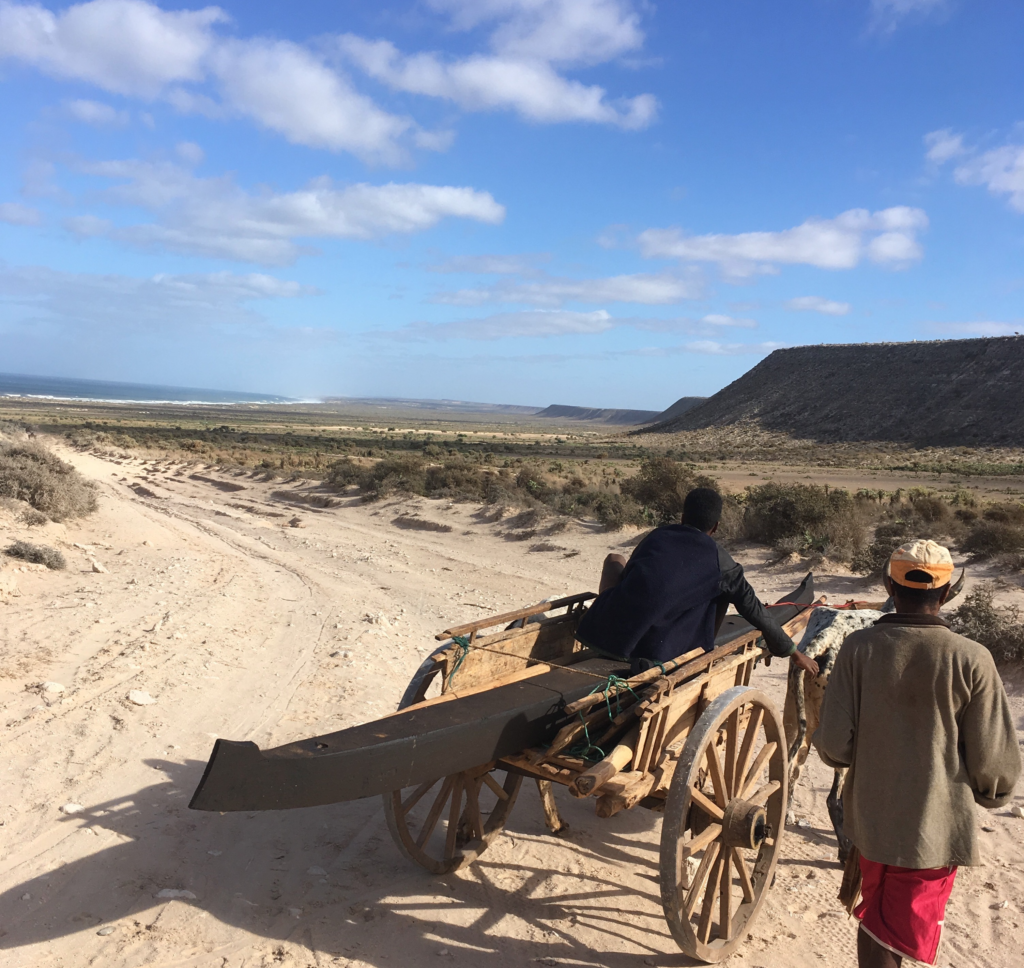The concept of development resilience – the ability to be and remain well-off when faced with shocks and stressors – is a growing area of research and fast becoming a mainstay of policymaking and development programming. It is, in part, a justifiable and even urgently necessary reframing of well-established ideas in food security and vulnerability. Yet, when we talk about ‘resilience’, there is often an elephant in the room: to build resilience, we need to be able to measure wellbeing dynamics and shock recovery; and to do that well requires data that we rarely have.

The ideal data for measuring resilience are high-frequency panel data: information that’s gathered repeatedly, at regular intervals, from the same households over a period of time. But, these data are rarely available for several reasons: panel data can be expensive to collect and it is difficult to conduct surveys that follow up with the same households again and again, households may lose patience with responding, and the most important places for understanding resilience are often hard-to-reach areas.
Filling the gap
In 2016, the Southern Africa Regional Office of Catholic Relief Services (CRS) and Cornell University set out to bridge this data gap, developing the Measurement Indicators for Resilience Analysis (MIRA) protocol. MIRA includes a framework for collecting and analysing data on household resilience, relying on ‘embedded’ enumerators (that is, people from within the community of focus). These enumerators follow up monthly with the same households, and gather information about demographics, livelihoods, exposure to shocks and stressors, and food security indicators. Data are captured via a mobile app, synched to a cloud-based platform, and then analysed to generate near real-time insights into the volatility of food security over time (as shown for Madagascar in the figure below), as well as the experience and persistence of shocks and the household characteristics that may affect resilience.

Demonstrating feasibility and value
MIRA pilots in Malawi and Madagascar are showing not only the feasibility of implementing the protocol in different contexts but also the value and wide-ranging application of the information it can generate.
Designing better policies, programmes, and crisis response
In Malawi, MIRA data delivered to communities has enabled them to inform local government actors of problem “hot spots” (such as high early reports of Fall Army Worm), and small-scale aid organisations (like church groups) in designing localised interventions. Research using the data was able to highlight the disproportionate impact of the Covid-19 pandemic on already food-insecure households (working paper forthcoming).
In Southern Madagascar prolonged drought has left 1.6 million people without reliable access to nutritious food (and 28,000 on the brink of starvation). Here, CRS has used MIRA data to target food assistance, focusing on the factors most associated with persistent food insecurity rather than having to rely on a snapshot of who may need food at a single moment in time.
Improving early warning systems to prevent crisis
By using machine learning and other tools, high frequency data collected by MIRA has greater potential to predict food insecurity outcomes and identify households likely to be most affected by shocks and stressors. Researchers are using MIRA data from Malawi to identify the frequency at which data is needed to make predictions as accurate as possible. Others have used MIRA data to compare different approaches to measuring resilience (as featured in an earlier post), in order to refine food security indicators for early warning systems.
Providing communities with actionable information
MIRA has seen successes in providing data summaries and analysis back to empower the communities it was collected from. However, more research is needed to identify which types of information can both be shared easily with households and communities and can help them better manage the relentless stream of climate-related and other challenges that they face.
Expanding MIRA in Madagascar
Efforts are underway to extend the use of MIRA to a much larger representative region of Southern Madagascar, in conjunction with a five-year USAID food security intervention (RFSA – MAHARO). At the time of writing, survey teams have been trained on use of the survey and platform and are expected to start data collection in the coming weeks.
This expansion in Madagascar promises to generate valuable evidence that will be immediately useful for policymaking and programming across a critical area of the country by providing data that can validate targeting decisions and inform changes.
We will also investigate the relationship between climate conditions and food security, over space and time, to improve the accuracy of climate-based predictions (especially where household measures are not available).
As part of the Data and Evidence to End Extreme Poverty (DEEP) programme, we will test the value of providing communities with targeted information, drawing on MIRA data, in conjunction with other activities. For example, we might share climate-based predictions, alongside examples of how other communities in the region managed crop epidemics.


Congratulations and super relevant. Since it is not always feasible to have embedded enumerators on a representative scale, and/or to be able to communicate with them under certain types of shock, what do you think about combining panel-observations with secondary representative LSMS data sets? We tried this recently in Myanmar and it resulted in UN agencies quadrupling their estimates of people in need: (copy and paste) https://www.ifpri.org/publication/beyond-emergency-relief-what-will-it-take-ensure-resilient-recovery-agriculture-and
This is indeed a great move in taming giant resilience problem. I love high frequency data. Just how frequent should it be in order to match the natural variation is the next step. We have similar infrastructure in Marsabit, tracking other indicators on weekly basis …inbox if we can make this happen in the pastoral context.